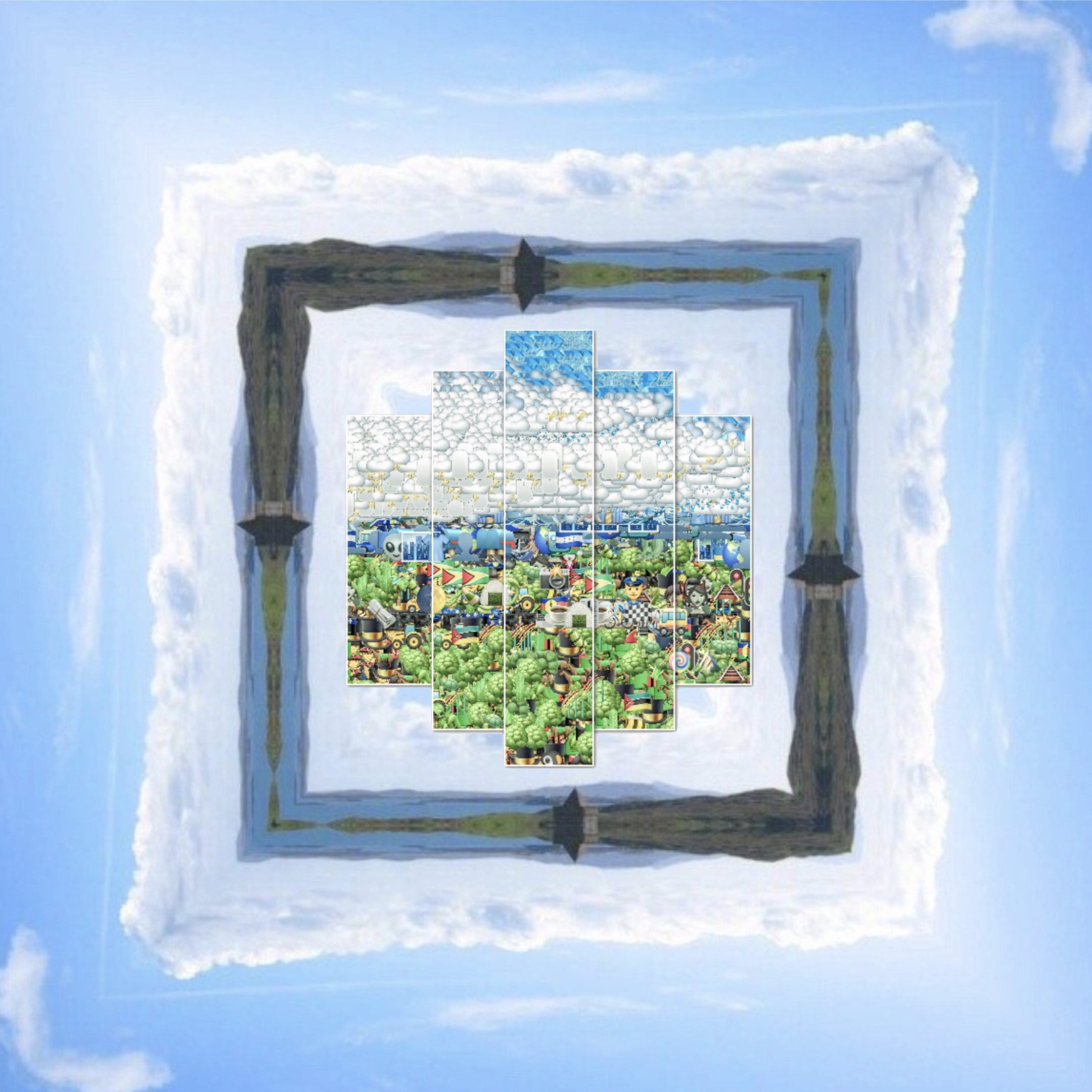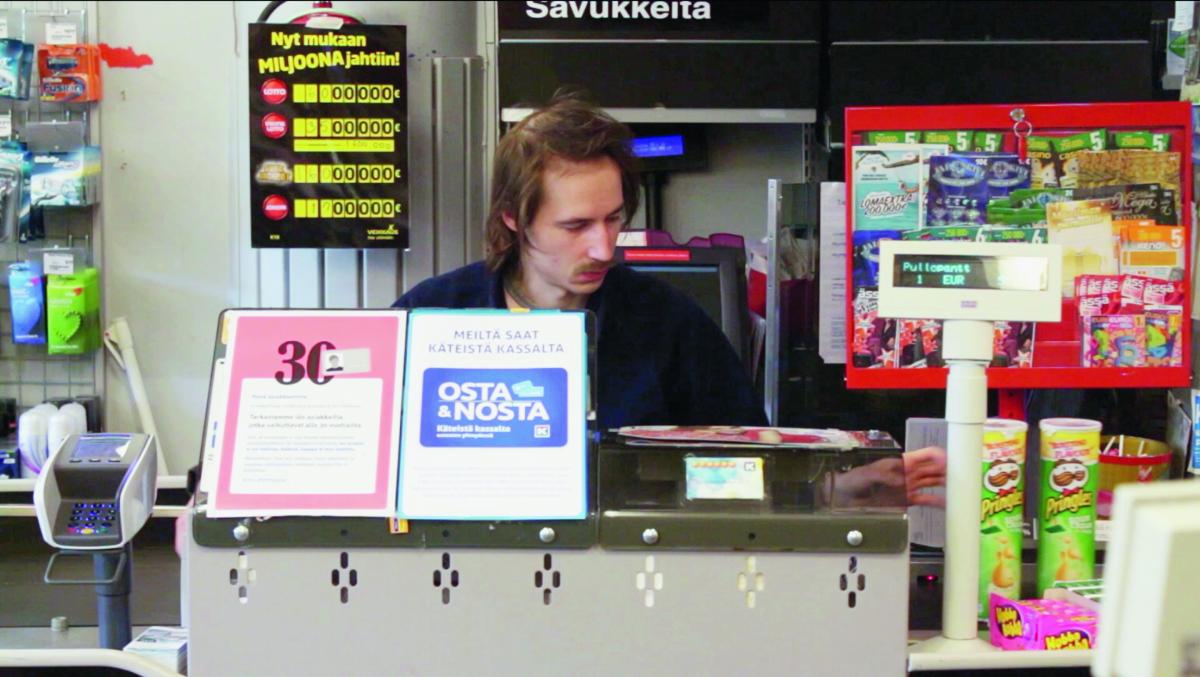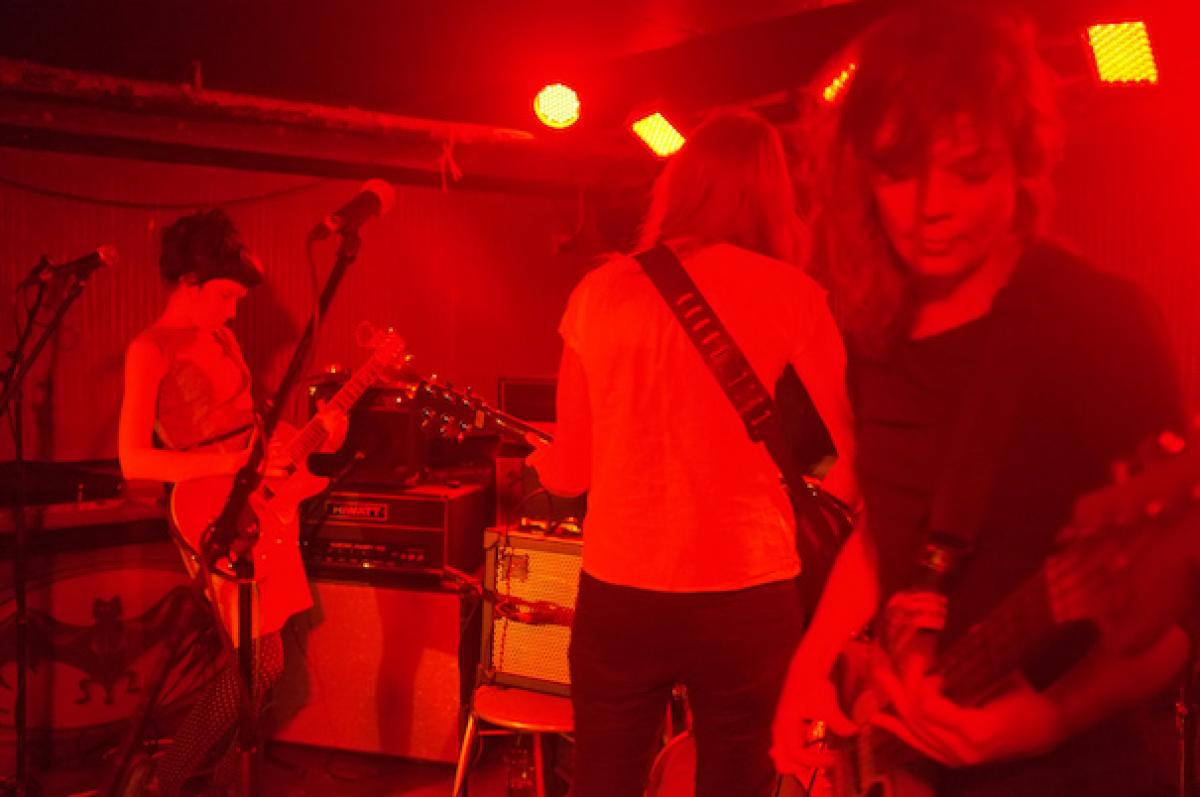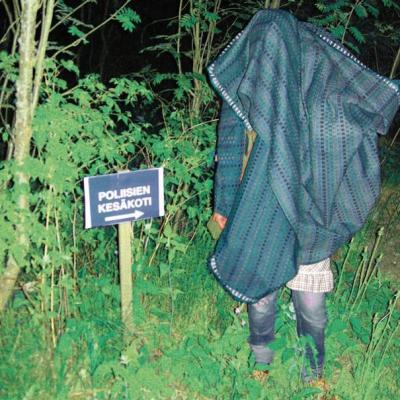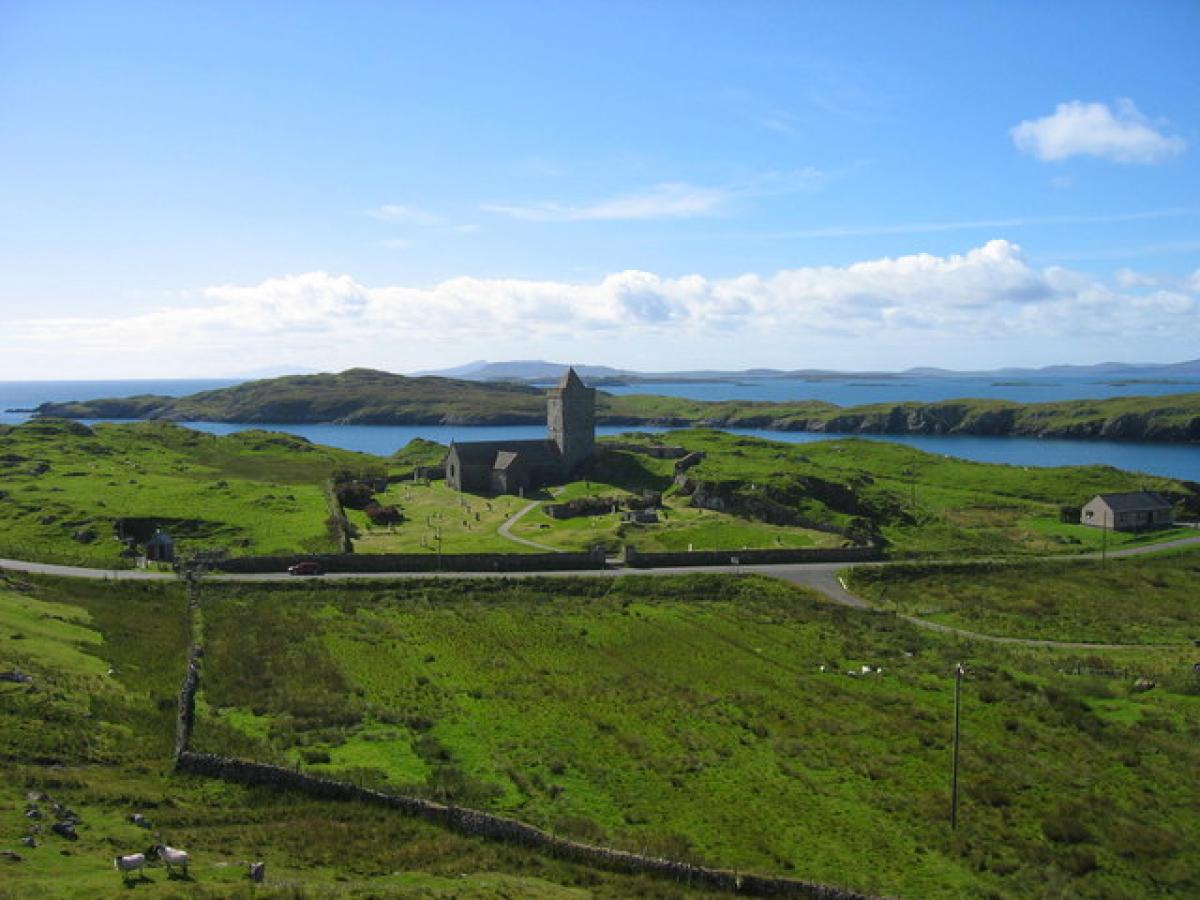
Gaelic Psalms: A Transforming Tradition
In its series Future Academics Norient presents theses in musicology, ethnomusicology or popular music studies to promote young academics. The Gaelic psalm-singing to be presented below by PhD student Martin Schröder is a kind of religious chant in the Outer Hebrides and the west coast of Scotland. It is unique in its form and a wonderful example of the variability of musical practices in the context of different cultural influences. (Read this summary below or see full thesis PDF here.)
In the middle of the 16th Century the Protestant Reformation in the form of Presbyterianism spread in the whole of Scotland under the leadership of John Knox. This led, as in other parts of Europe, to significant changes in the musical form of worship. While previously the musical praise of God was reserved for the choir only, from then on all members of the community were allowed to participate – the practice of religion as an individual act, carried out in the language of the people rather than in Latin, guided by principles of simplicity.
To satisfy the desired simplicity, people chose the psalms of David. These were sung in unison and unaccompanied, a practice that had been taken over from the English Puritans (Morag 1994, 1). As in many communities a lot of people were not capable of reading, although Scotland is a country with a long and high literary culture, the practice of reading the line was taken over in worship. This practice consists of a precentor reading each line of the verse, prior to its repetition by the whole congregation.
It wasn’t until 1659 that the first psalm collections were printed in Gaelic Francis 1966, 261). Since the ballad meter that had been used for the psalm text (change of four-stressed and three-stressed iamb) was alien to the Gaelic language and literature, and therefore completely unfamiliar to the Gaelic speaking listeners (Thomson 1983, 244), the tradition of «reading the line» survived in some communities of the Outer Hebrides until today, for this practice breaks the four-stanza form and thus weakens the «effects» of the meter (Morag 1994, 2). The melody is sung very slowly and melismatically «stretched». Since every member of the congregation individually varies the tempo and outline of the melody by adding passing notes and ornamentation an iridescent sound structure emerges in free heterophony that fills the entire church room. Thus the service is a very intimate and personal issue also in terms of music.
Although the Gaelic psalms disappeared from general use at the end of the 19th century, they can occasionally be heard in Gaelic services of the Presbyterian Church and in family worship (Morag 1994, 3). This tradition, however, has endured not only in these contexts, but also in songs whose compositional guiding principle involves the mix of this specific vocal music with elements of Anglo-American rock and pop music: the stylistics of Gaelic psalm singing has survived the ages. In this paper the music of Runrig and Capercaillie is introduced.
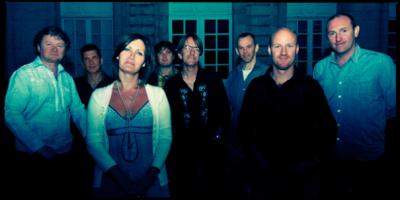
The two bands have played a major part in the Gaelic Revival in Scotland from the 1970s on and are still active today. Both groups have torn down stylistic boundaries in their work and thus created space for musical innovation. They are representatives of the musical genre of «Folk Rock» and «Electric Folk», repectively and have taken on the tradition of Gaelic psalm singing in two of their songs, but treated it in different ways.
In «Gaelic Psalm Theme» Capercaillie combine the historical recording of psalm 46 as sung by Donald MacLeod (School of Scottish Studies 1994, Track 3) with modern synthesizer sounds and percussion samples.
In «An Ubhal As Àirde» (1987) the band Runrig simulates the sound of a whole congregation through technical manipulation of the recording speed.
With regard to musical hybridization and involving theories of Max Peter Baumann and Wolfgang Holzinger it is the aim of this paper to examine how and to what extent Runrig and Capercaillie achieve a mixing of traditional musical practices on the one hand and pop and rock music on the other as well as a recontextualization of the musical material in the two songs introduced above.
List of References
Biography
Published on November 06, 2015
Last updated on May 06, 2024
Topics
From priests claiming to be able to shapeshift into an animal to Irish folk musicians attempting to unify Protestants and Catholics.
From Pakistani wrestling practice «kushti» to muezzin singing contests in Turkey.
From westernized hip hop in Bhutan to the instrumentalization of «lusofonia» by Portuguese cultural politics.
Special
Snap
